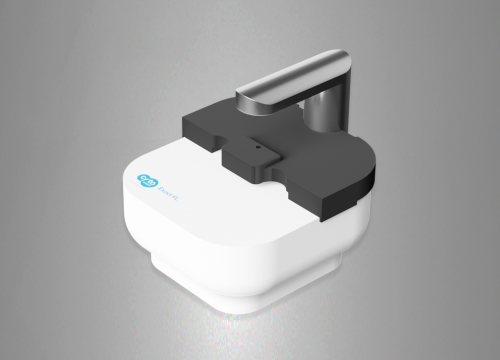Authors: Charoenwongpaiboon T, Supraditaporn K, Klaimon P, Wangpaiboon K, Pichyangkura R, Issaragrisil S, Lorthongpanich C.
RSC Advances, 9, 2019
Alternan, an a-1,3- and a-1,6-linked glucan, is a polysaccharide that is produced by bacteria. Although the structure of alternan used in this study, an a-1,3- and a-1,6-linked glucan (hereafter referred to as alternan), has been comprehensively characterized, its function on cell biology, especially relative to cell growth and differentiation, has not been fully elucidated. In this study, we set forth to compare the effect of alternan versus chitosan on the biological properties of human mesenchymal stem cells (MSCs). The effect of chitosan on MSC differentiation has already been well characterized. The treated cells were determined for cell proliferation and differentiation capacity compared to untreated cells. The result showed that treatment by alternan or chitosan increased cell proliferation, as demonstrated by increased cell number and scratched regions that were fully restored in less time than it took to fully restore controls. Further investigation found that alternan and chitosan activates the toll-like receptor (TLR) pathway suggesting that these cells may be prone to differentiation. In agreement with this result, an increase in deposited calcium was observed in alternan- or chitosan-treated cells after osteogenic differentiation induction. However, adipogenic differentiation was significantly inhibited in the presence of chitosan, but no change was observed in alternan treatment. Taken together, these results demonstrate biological effects of alternan on human MSCs. Moreover, these novel roles of alternan may have important beneficial medical applications and may provide a basis from which stem cell therapies can be developed in the future.
